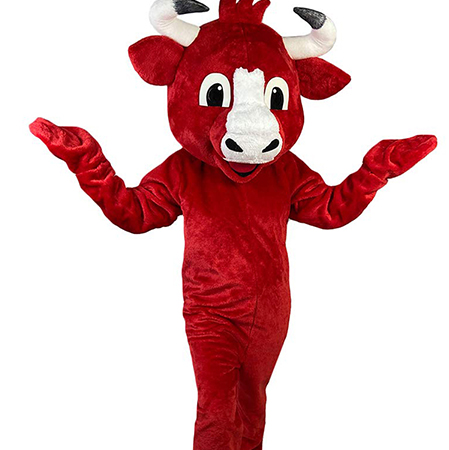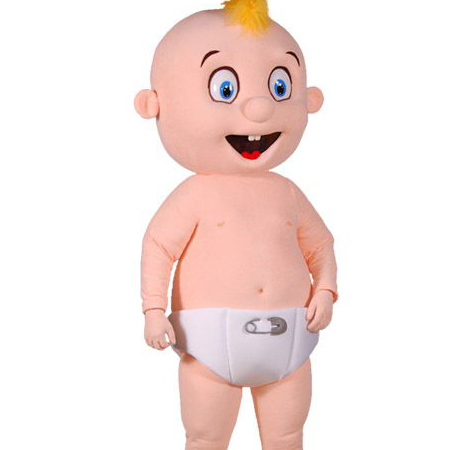Mascot performances captivate audiences with their vibrant energy and expressive movements, often blurring the line between human and character. At the heart of these performances are the meticulously crafted mascot costumes that bring characters like lions to life. But there’s more than meets the eye when it comes to the gestures and movements that make these performances so engaging. Let’s explore the intricate language of lions in mascot performances.
The Essence of Mascot Costumes
Mascot costumes are a crucial element of any performance, serving as both a visual spectacle and a practical tool for performers. These costumes are designed to be lightweight yet durable, allowing for a range of motion while maintaining the character’s distinctive features. In the case of lion mascots, the costume typically includes a mane, tail, and padded body to replicate the powerful and majestic appearance of a real lion. This not only helps in transforming the performer into the character but also aids in non-verbal communication through specific gestures and movements.

Expressive Power of Paws and Tail
Lions, being the “kings of the jungle,” exude confidence and authority. To channel this regal demeanor, performers use the oversized paws and tail of their mascot costumes to great effect. A slow, deliberate swish of the tail can convey calmness or authority, whereas rapid flicks may signify excitement or urgency. Similarly, the placement and movement of the paws help in expressing a range of emotions—from friendly waves to assertive stances, each gesture adding layers to the character’s personality.
Body Language Beyond Words
While mascots rarely speak due to the nature of their roles, their body language speaks volumes. The posture adopted by a lion mascot can communicate dominance or playfulness. For instance, standing tall with an erect posture signals strength and command, perfect for rallying the crowd or showing leadership. Conversely, crouching down with arms extended can indicate approachability or invitation, making the mascot more relatable to young fans.

Interaction and Engagement
One of the most enchanting aspects of mascot performances is the interaction with the audience. Through well-choreographed gestures and movements, lion mascots can engage fans in a variety of ways. High fives, fist bumps, and even gentle nudges from the padded body create a sense of connection and participation. The costume’s design allows performers to execute these interactions smoothly, ensuring safety and enhancing the overall experience for attendees.
Choreographed Routines
Behind every seemingly spontaneous gesture lies hours of rehearsal and choreography. Mascot performers must master specific routines that involve synchronized movements with music or other mascots. This requires not just physical coordination but also an understanding of how to convey emotions and messages through their movements. Practice sessions often focus on perfecting fluid transitions between dynamic poses and ensuring that each gesture aligns with the character’s persona.

Cultural Significance and Impact
Lions have long been symbols of bravery, strength, and leadership across various cultures. When donning a lion mascot costume, performers tap into these deep-seated cultural associations, making their performances resonate even more profoundly with audiences. Whether representing a sports team, an organization, or simply spreading joy at events, lion mascots carry an added layer of symbolic weight that enhances their impact.
Conclusion
The language of lions in mascot performances is a rich tapestry woven from gestures, movements, and interactions. Mascot costumes play a pivotal role in bringing these characters to life, enabling performers to embody the essence of a lion. As they navigate their roles with precision and flair, lion mascots bridge the gap between performer and audience, creating magical moments that leave lasting impressions.

